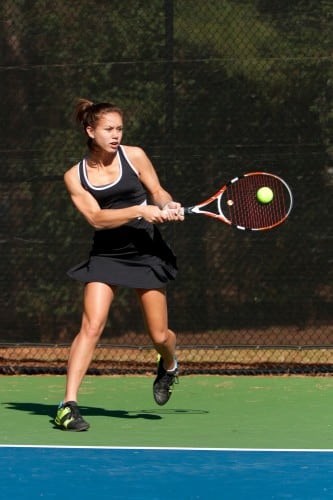In the Middle Ages, the inhabitants of Europe returned to playing ball games, after the church had previously forbidden it, in Judaism the attitude was different and the sport was legitimate

Ball games were involved in the ancient civilizations with ritual rituals, and therefore the church treated these games with severity, although not all supported its guidance such as Bishop Sidonius, who lived in the fifth century in Gaul, and who said that in his youth the ball and the book were his best friends. In any case, and despite the above fact, ball games spread and spread in the Middle Ages.
In cities and villages, competitive games and amusements of various kinds were held on holidays. William Fitzstephan tells in the 12th century about the games of the school children of London, and among them we meet the ball games. In Italy, from the 13th century onwards, special "tournaments" developed, which were usually held by the members of the professional guilds who served in the army. There they played, among other things, games of propelling a ball with the help of their fists, which in many days became the famous "rugby" inside a defined arena.
In Britain, different types of bowling developed and games of hitting a ball with a bat (the beginning of cricket) were played in Britain during the reign of Edward III.
In the "House of Joy" of the Italian Vittorino Da Platra, in addition to the different types of sports taught, many relaxation exercises were also held, including ball games or hunting (which was emphasized by Maimonides about 400 years earlier).
In his book on the physical training of the ideal courtier, the author, Castiglione, emphasizes, among other things, the importance of the game of tennis. Henry VIII established tennis halls in the royal court in 1529, and at that time bocce courts were common there, originating from an Italian-French game.
Judaism during the Mishna and Talmudic periods was mainly reserved towards ball games, because this game was associated, in the various cultures, with pagan worship, and especially in fertility contexts. However, Jews played ball, and the conditions and the amorites treated this with a certain leniency, considering a reality that bends the Halacha. In the Middle Ages, the position of the community leadership changed for the better for reasons that will be explained later.
We find the first testimony about playing ball among the Jews in Rashi in France, while he interprets the text in the Babylonian Talmud - "such as those who play ball". And this is how he explains it: "It was customary for babies (we were boys and young men who had not yet married) to hit a ball at the wall with force so that it would bounce back a lot. And after throwing he would run and his friend would hold the ball and hit him with it. If he can aim with a thrower at the wall? Ashmainan Tana, if we mean to kill his friend, she returned it (that is, the bullet that came back) to her back, and there is something in it to kill - must. If the stricken man was standing within four cubits of a wall and did not return four cubits until he was found and killed, the thrower is exempted from exile" (Rashi to the Sanhedrin Ez p. XNUMX).
Rashi's testimony is interesting, because his interpretation refers to his days, the 11th century in France. His language - "regular babies" indicates that before us is a common practice among young Israelis in France, that is, playing ball.
Rashi is not at all opposed to ball games, and in this case - hitting the wall/the Kotel, with the exception of a certain limitation, which we will deal with immediately. To teach us that the opinion of the sages was not negative towards the ball game, and indirectly it encouraged it.
In light of Rashi's testimony we can also distinguish the nature of the game and its rules. In other words, the ball was thrown/thrown forcefully against the wall by one of the players so that "it would come back a lot". That is, with an accelerated hit so that the ball hits the opponent with force. After throwing the ball, the batsman ran to the side or behind him (outside the four cubits area = 2.72 m, or to a surface of 4.68 m) and his opponent had to catch the ball in his hand (or else slip from it) and hit it back against the wall and back again, God forbid.
The range in question is probably a safety range, and it may even be a somewhat hard bullet.
Throwing the ball could have caused bodily harm and perhaps even death, and Rashi, the greatest of the Halacha and teachings of his generation, did here in terms of a rabbi act. That is, the player whose ball hit his opponent is not obligated, provided that the opponent did not have time to go outside the safety limits, and this is on the assumption that it is a sporting game, of which the parties were aware of its dangers. Rashi's ruling clearly distinguished between physical injury that originates from violence and physical injury while playing, thus supporting the continuation of this sport.
